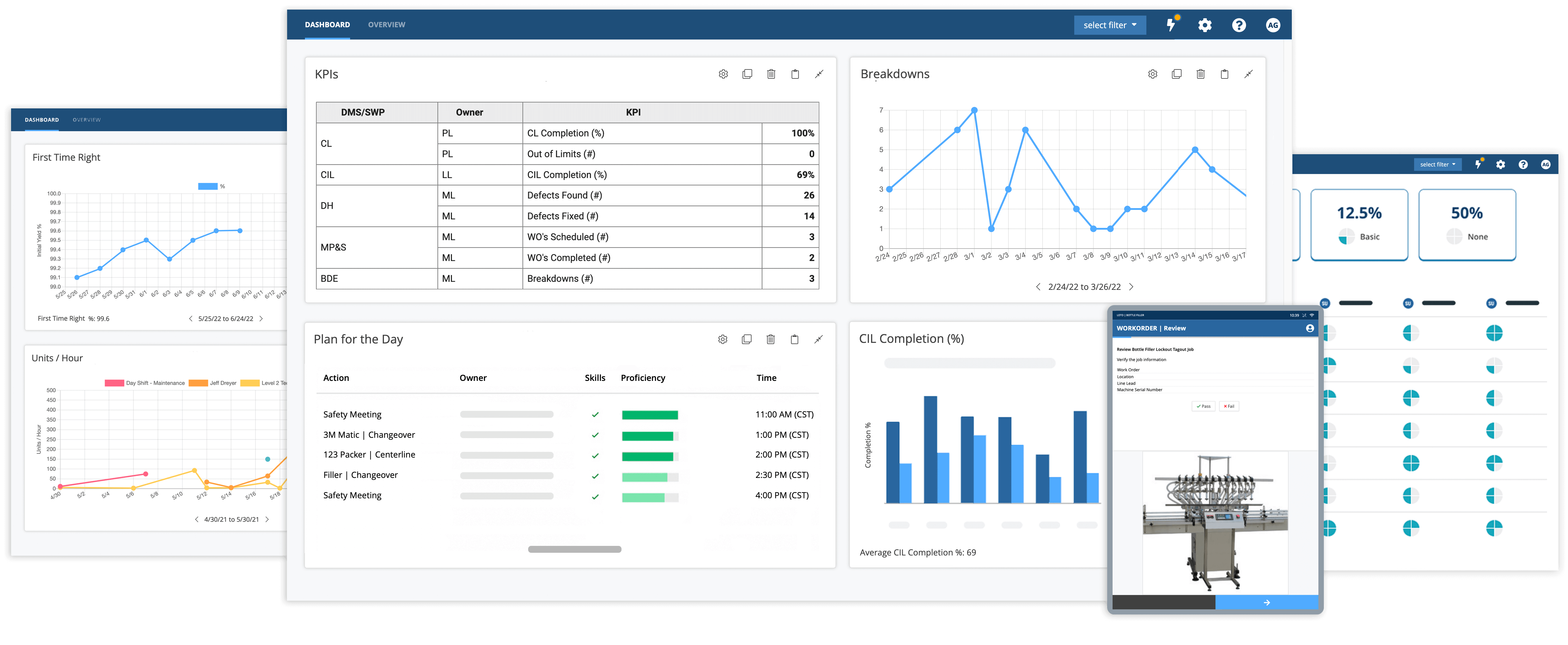In order to reap the benefits of FTR, it’s crucial to implement DMAIC, which stands for define, measure, analyze, improve, and control. This concept is a data-driven quality strategy for enhancing processes.
It’s a great way to identify and eliminate the root cause of an issue while making sure that product improvements are sustained on a continual basis.
Below are five steps businesses can take to improve their score over time while keeping DMAIC in mind.
Step 1: Define what’s wrong with the process
Once you’ve established your baseline FTR score, you’ll have a better idea of what’s wrong with your production process.
For instance, a plant’s score may show that it’s creating too many products with deficiencies. Think about ways you can improve your procedures to decrease the number of defects.
Step 2: Measure defective product impact
Measuring the impact of your defective products can illustrate how it’s affecting worker efficiency and productivity on the shop floor.
This measurement shows that it may be costing the plant X number of hours of rework time and Y number of wasted goods. In return, the number of product imperfections you have can contribute to the number of dollars lost.
Step 3: Analyze the cause of the issue
It’s important to consider why product deficiencies are occurring. Is equipment malfunctioning? Are cheap materials to blame? Are your operators following outdated procedures, or are there areas where training can be improved? Ask yourself these questions to analyze the root cause of the issue.
Step 4: Improve flawed processes
Sometimes you discover that a procedure needs to be updated. If you can improve defective procedures, you can implement long-lasting change.
For example, if your FTR score is low due to human error, review your procedural documentation. You may need to introduce visual work instructions or provide better training opportunities for workers to help close the knowledge gap.
Step 5: Implement quality control
Once you’ve established ways to improve your production processes, it’s time to monitor and support the implementation of those procedures.
For example, are operators fully equipped with what they need to carry out processes? Are there ways to deepen their understanding to yield better product output?
This QC step focuses on continuously checking in with your staff and evaluating their progress to decrease any deficiencies on the shop floor. QC checklists are a great way to standardize and optimize quality control for reduced defects and rework, and to improve your First Time Right score.


